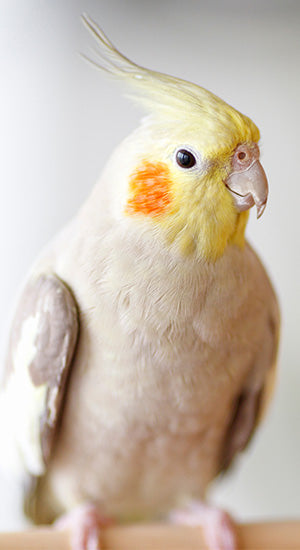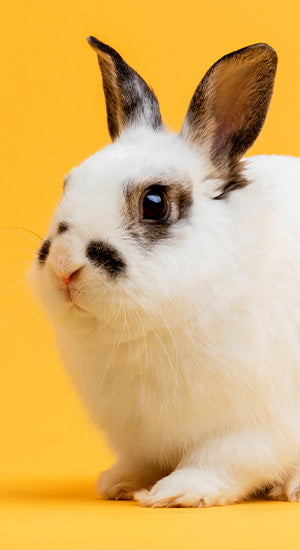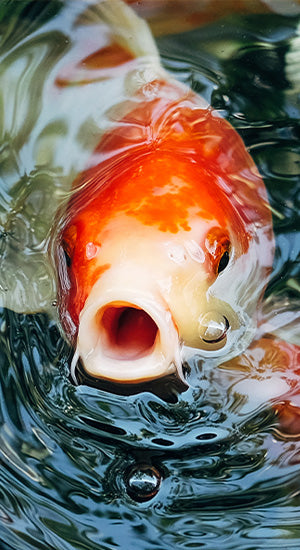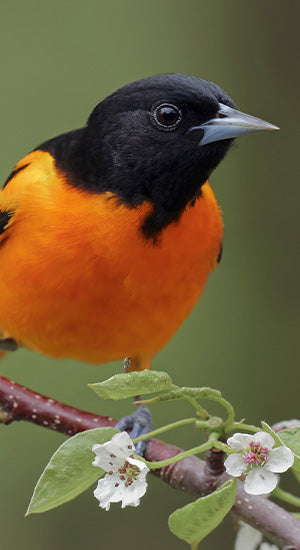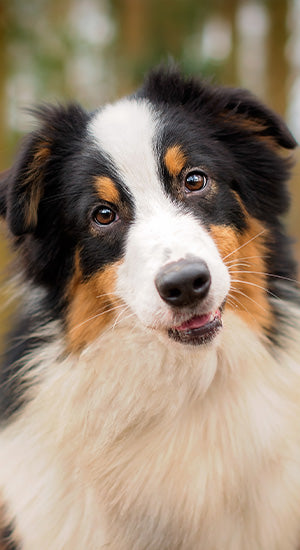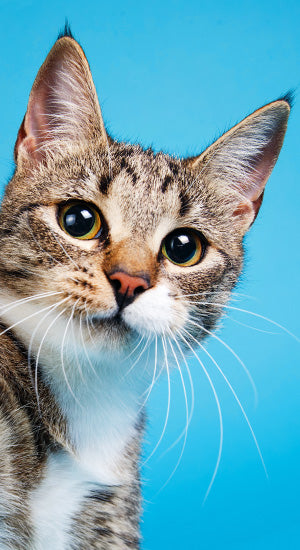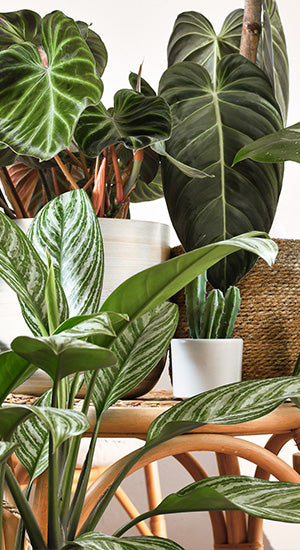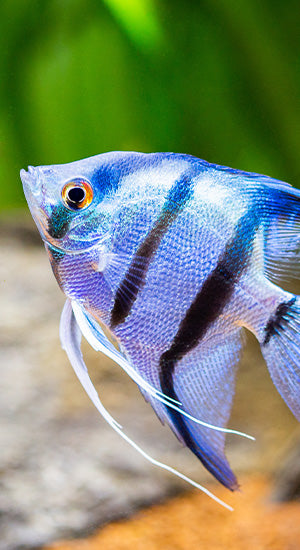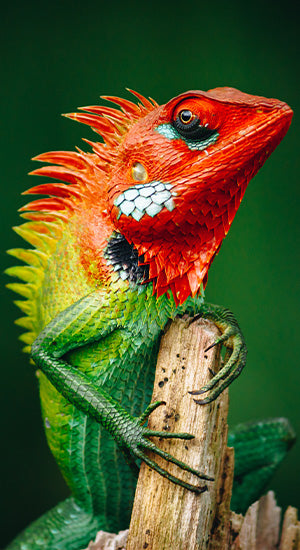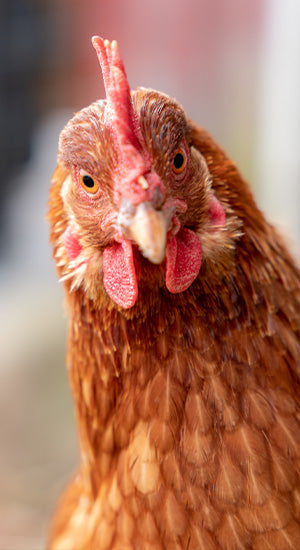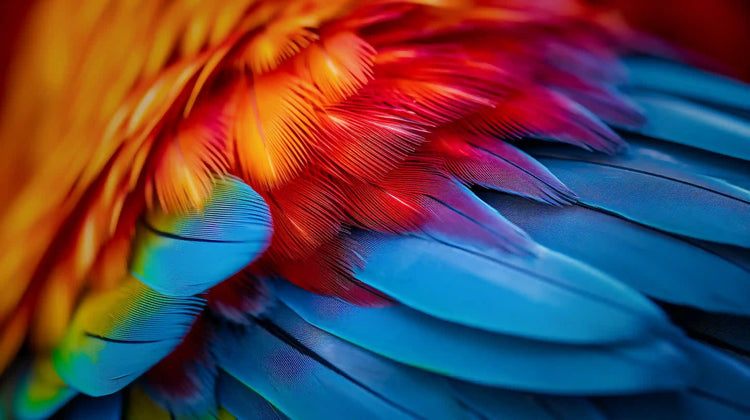
General Information
Green-Cheeked Conures are a relatively small bird, with an average length of about 10.5 inches (26.5 cm) and usually weigh around 63-71 grams (2.2-2.5 oz). In proper care, Green-Cheeked Conures will live to be 25-30 years old. They also tend to be the quietest of the conures, with a relatively low-pitched, raspy call. It should be noted that Conures can be fairly loud birds, and so this doesn’t mean Green-Cheeked Conures are quiet birds. They are, however, quiet enough for apartments. These conures are a mostly green bird with maroon or burgundy red on both sides of the tail, iron grey-brown head, bare whitish eye-ring, dark beak and feet, small patch of maroon or mahogany red on lower belly (varies), light chest up to the ear, green below eye (“cheek”), and blue flight feathers. The species is endemic to Bolivia as well as small portions of Brazil, Argentina, and Paraguay. It is not considered a threatened species.
Personality
Green-Cheeked Conures are active, exciting birds. They can be taught tricks and some will learn to speak, but they are not known for being able to speak a lot or well. They are cuddly and playful birds that love as much attention as can be provided to them. They can have an attitude, and are sometimes considered “nippy”. They are not necessarily the best choice for young children, as a more mature owner will often have an easier time training the bird out of “nippy” behaviour. Like with any bird, its behaviour is a near-direct reflection of what the owner puts into the relationship.
Diet
Green-Cheeked Conures should be fed a pellet-based diet supplemented with lots of fresh vegetables and fruits. Seeds and tree-nuts can be used as treats but should be fed in moderation. As a theme, sunflower seeds are very harmful to the health of Pyrrhura conure species, and so they should never be fed. Green-Cheeked conures will benefit from additional vitamin K and vitamin A in their diet, consider this when choosing fresh vegetables to feed.
Housing
Green-Cheeked conures should be housed in a cage that is no smaller than 24 inches by 24 inches by 20 inches or 61 cm by 61 cm by 50 cm (L x W x H). The bars should not be spaced wider than ⅝” (1.6 cm). Being birds of high activity levels, a larger cage would be better. Length is more valuable than height when picking a cage for your bird. Green-Cheeked conures love toys, and so offering a variety is necessary. They will benefit from access to foraging toys, as well as toys that they can destroy easily. A rope perch is recommended for them to be able to sleep on. It is important to have a small variance in the diameter of perches in the cage to avoid complications with the feet and toes.
Care
Green-Cheeked conures are not difficult to care for, but they can be challenging for new bird owners. They are intelligent birds which will sometimes test their boundaries. For this reason, it is advised that young children are accompanied by an adult when handling these birds. They are very similar in care to the majority of parrots and parakeets. It is important that they get 12 hours of light and 12 hours of dark. Mirrors are not advised as a toy since they promote hormonal behaviour. Green-Cheeked conures are extremely social birds that require at least one hour of attention per day. The owner's relationship with a Green-Cheeked conure is a reflection of the effort being put into said relationship. Routine maintenance is required such as trimming wings, nails, and sometimes beak. The cage should be thoroughly cleaned weekly, and spot cleaned at least every other day. Water must be changed at least once per day, and a dish of pellets should always be available. Green-Cheeked conures are avid bathers and should be offered a large dish of water often.
Habitat
In the wild, Green-Cheeked conures live in the woodlands and humid subtropical regions of most of central and southeastern Bolivia, a small western portion of Brazil, a small portion of northwestern Paraguay, and a linear portion of northern Argentina. They can be found from sea level up to 2000m. High altitude populations descend in winter.
Breeding
Green-Cheeked conures are bred commonly by many avicultural enthusiasts. They tend to prefer L-boxes that measure 7” x 14” (18 cm x 35 cm) or square boxes measuring 10” x 12” (25 cm x 30 cm). A layer 2” - 3” (5 cm - 8 cm) deep of aspen shavings is necessary to stabilize the eggs, absorb the chick's droppings, and prevent splay-leg. Green-Cheeked conures can be protective parents, and so it is not recommended to disturb the nest any more than needed. In the wild these parakeets breed in late January-early March. In captivity the conditions can be manipulated to induce breeding year-round. For the health of the parent birds, as well as the offspring, it is not recommended to breed them for more than 3 consecutive clutches without a rest period. Clutch sizes are usually 4-6 eggs. Green-Cheeked conures can begin to reach sexual maturity as soon as 6 months of age, however 12-16 months is a more common age.
Mutations & Inheritance
Green-Cheeked conures are available in a variety of colour mutations, many of which look very different from the wildtype colouration. These mutations are;
(D: dominant, R: recessive, ZL-x: Z-linked ___, iD: incomplete dominant)
- Yellowside (ZL-R)
- Cinnamon (ZL-R)
- Pineapple (Yellowside / Cinnamon)
- Turquoise (R)
- Turquoise Yellowside (Turquoise / Yellowside)
- Turquoise Cinnamon (Turquoise / Cinnamon)
- Turquoise Pineapple (Turquoise / Yellowside / Cinnamon)
- Dilute (R)
- Dilute Yellowside (Dilute / Yellowside)
- Dilute Cinnamon (Dilute / Cinnamon)
- Suncheek (Dilute / Yellowside / Cinnamon)
- Mint (Turquoise / Dilute)
- Opamint (Turquoise / Dilute / Yellowside)
- Cinnamint (Turquoise / Dilute / Cinnamon)
- Mooncheek (Turquoise / Dilute / Yellowside / Cinnamon)
- Dominant Red (ZL-D) (can apply to any mutation)
- Violet, Single Factor and Double Factor (iD) (can apply to any mutation)
- Misty, Single Factor and Double Factor(iD) (can apply to any mutation)

